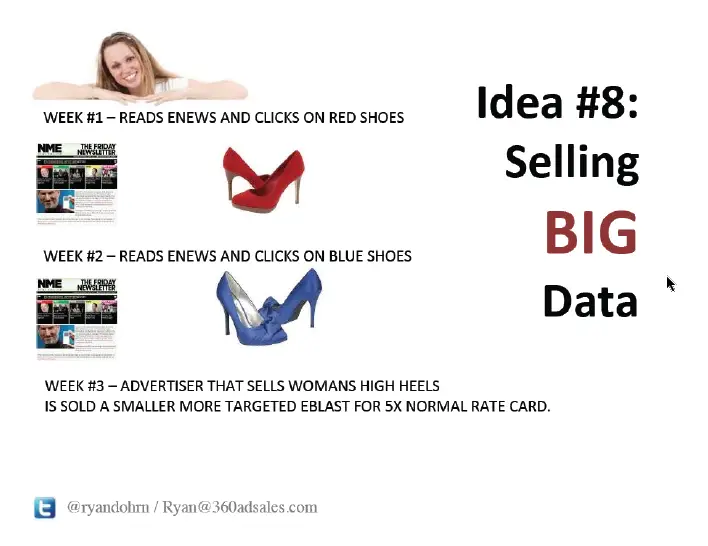Shweiki previously teamed up with Ryan Dohrn of Brain Swell Media and 360 Ad Sales on tips for increasing digital revenue, and here the printer and publisher teams up with the sales guru yet again to present more on tips to increase digital sales.
Use Content from Sponsors/Advertisers

By renting digital space to advertisers and/or sponsors, one can increase their revenue while setting the foundation for an added layer of credibility. Many advertisers are becoming content generators with their own established fan base, and when providing the platform for an advertiser or sponsor to share their message, one can potentially open a viewer up to a new genre of content. Connecting viewers to advertisers not only adds value to one’s online space, but it increases the brand awareness of advertisers who have already invested in one’s business.
Some options for things that can be sold digitally are as follows:
- Specialized e-newsletter
- Specialized topic sections
- Downloadable eBooks
- Downloadable whitepaper
- Expert videos
Create a Sales or Contest Calendar
It’s not only important to run contests and promotions; it’s important to make the sales team aware of when they’re running so that they’re able to better sell digital opportunities (which generally revolve around some type of contest or sales calendar).
A good contest calendar process includes dividing the months of the year into different issue themes. Looking at the completed chart, one can map out the months where there’s potential for either a contest or new digital opportunity. Once a plan has been established for the upcoming year, one can call advertisers and sell them on the predetermined theme.
Sell BIG data
Having great data that’s mineable—meaning that one can go through the data and find information—has the ability to increase company value four to six times.
Take, for example, a newly registered reader of a certain shoe store’s e-newsletter. In week one of receiving the newsletter, she clicked on a banner ad featuring red shoes. In week two, she clicked through a separate banner showcasing blue shoes. One could use that data to support the argument that an advertiser in the women’s shoe industry would (and probably should) pay extra for a smaller, more targeted e-blast directed at the newly registered viewer.
 Click here to download
Click here to download
the audio podcast of this presentation.






